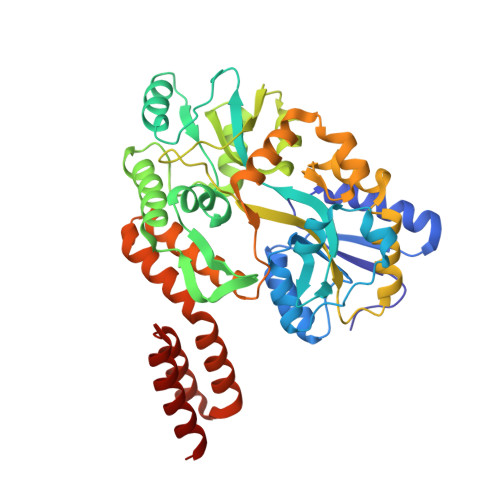Protein domain definition should allow for conditional disorder.
Yegambaram, K., Bulloch, E.M., Kingston, R.L.(2013) Protein Sci 22: 1502-1518
- PubMed: 23963781
- DOI: https://doi.org/10.1002/pro.2336
- Primary Citation of Related Structures:
4KYC, 4KYD, 4KYE - PubMed Abstract:
Proteins are often classified in a binary fashion as either structured or disordered. However this approach has several deficits. Firstly, protein folding is always conditional on the physiochemical environment. A protein which is structured in some circumstances will be disordered in others. Secondly, it hides a fundamental asymmetry in behavior. While all structured proteins can be unfolded through a change in environment, not all disordered proteins have the capacity for folding. Failure to accommodate these complexities confuses the definition of both protein structural domains and intrinsically disordered regions. We illustrate these points with an experimental study of a family of small binding domains, drawn from the RNA polymerase of mumps virus and its closest relatives. Assessed at face value the domains fall on a structural continuum, with folded, partially folded, and near unstructured members. Yet the disorder present in the family is conditional, and these closely related polypeptides can access the same folded state under appropriate conditions. Any heuristic definition of the protein domain emphasizing conformational stability divides this domain family in two, in a way that makes no biological sense. Structural domains would be better defined by their ability to adopt a specific tertiary structure: a structure that may or may not be realized, dependent on the circumstances. This explicitly allows for the conditional nature of protein folding, and more clearly demarcates structural domains from intrinsically disordered regions that may function without folding.
Organizational Affiliation:
School of Biological Sciences, University of Auckland, Private Bag 92019, Auckland, 1142, New Zealand.


















